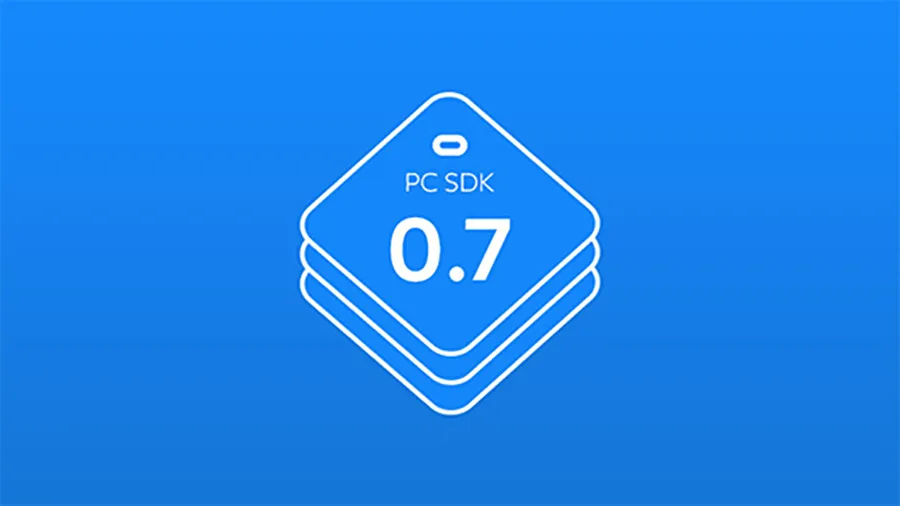Oculus is axing the extended display mode on the Rift, which recognized the head-mounted display as an additional monitor. Support for the mode will be pulled beginning with the 0.7 release of the software development kit on Aug. 20. While the key feature is getting removed, getting rid of it should allow Oculus to bypass conflicts with a PC’s operating system that might, for instance, add stomach-churning latency or make your world upside down in VR because that’s how Windows chooses to orient the extra screen. This should be an important step in making the finalized Rift more consumer-friendly.
At the Oculus unveiling event in June the company announced a partnership with Microsoft that brought with it promised native support for the Rift in Windows 10. The axing of extended mode is a step towards shifting the landscape in that direction. While extended mode was appreciated by developers for rapidly testing software, it caused confusion among early adopting enthusiasts too who often had to fiddle with settings to get different apps up and running in a Rift development kit.
Via Oculus:
0.7 of the Oculus PC SDK will launch on August 20th, and introduces architecture changes that bring increased stability, performance, and a new ‘Direct Driver Mode’ developed in collaboration with NVIDIA and AMD. However, as a result of these updates, the 0.7 runtime won’t support applications built with 0.5 or earlier, including all content built with Unity 4.x. This means the majority of existing Rift games and applications will need to be updated to 0.7 (or at least 0.6.0.1) to work with the new 0.7 runtime.
More importantly for developers, Facebook’s VR company is also targeting a November release for the 1.0 version of its software development kit with the promise that games and applications made using that version will be supported going forward. The ongoing changes to the Rift software development kit mean developers who have already built cool experiences for the Rift cannot rest on their laurels and must continue upgrading their software to get it compatible with the consumer Rift when it launches next year.
Overall, developing for the Rift has required creators to use rapidly evolving toolsets from Unity and Unreal along with the changing integration and software development kit from Oculus. As these companies round the corner to consumer release it is likely more changes are in store for developers and that crunch time is approaching. However, the changes also mean the dawn of consumer VR is finally at hand.


























